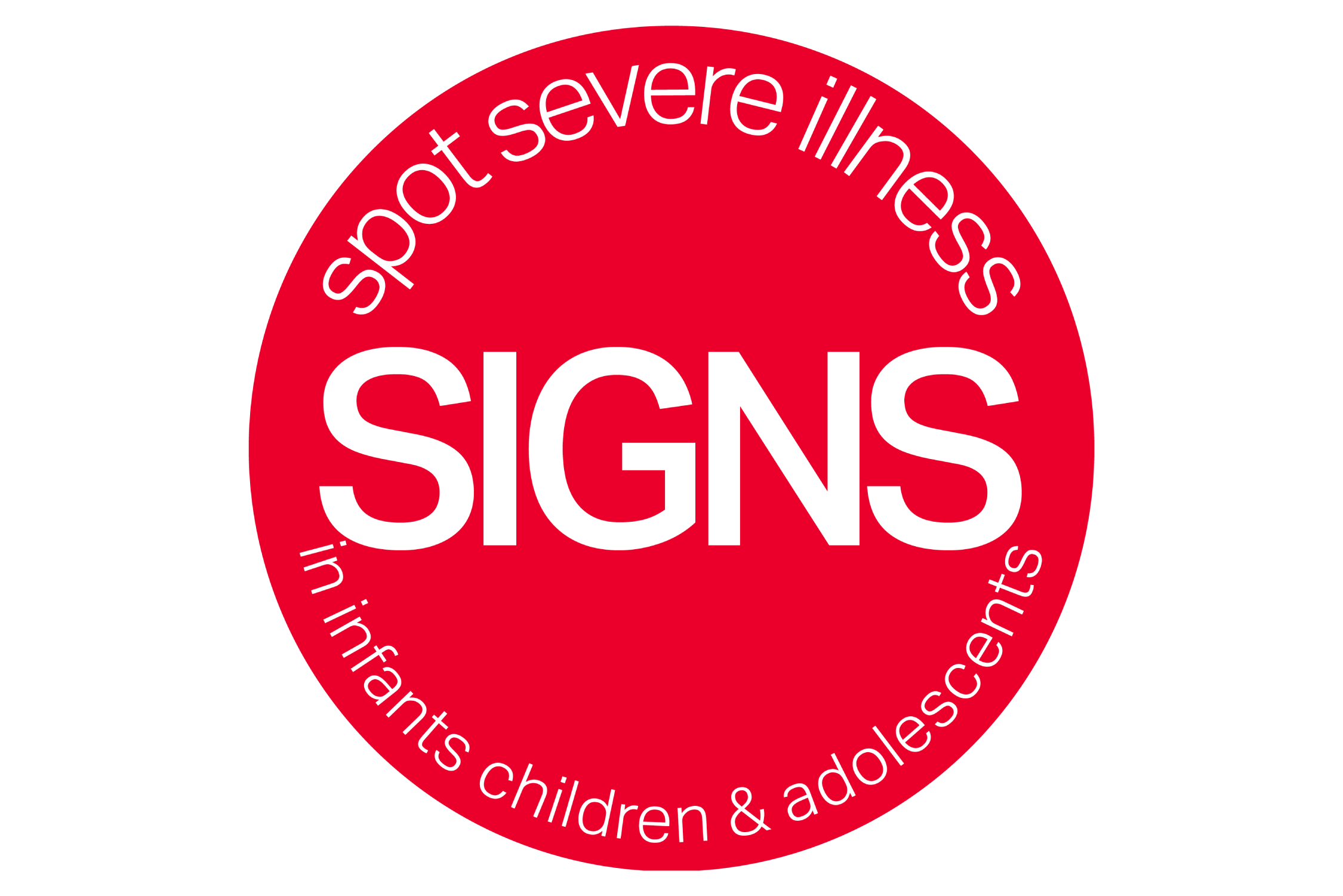What parents and caregivers need to know
Family members are a vital part of the healthcare team and are often best positioned to recognize the sometimes subtle, yet very important changes in your baby, infant, child or adolescent’s condition that may indicate deterioration. You may not know what is wrong, but you know something just isn't right.
Empower yourself and your loved ones with the following resource. It will help you recognize the signs of deteriorating patient condition.
Download a printable version of the resource in additional languages.
SIGNS - Spot severe illness in infants children & adolescents
SIGNS is for anyone caring for babies, infants, children or adolescents.
If you notice any of the SIGNS seek medical attention immediately.
Behaviour Change
Not reacting, not moving, not responding
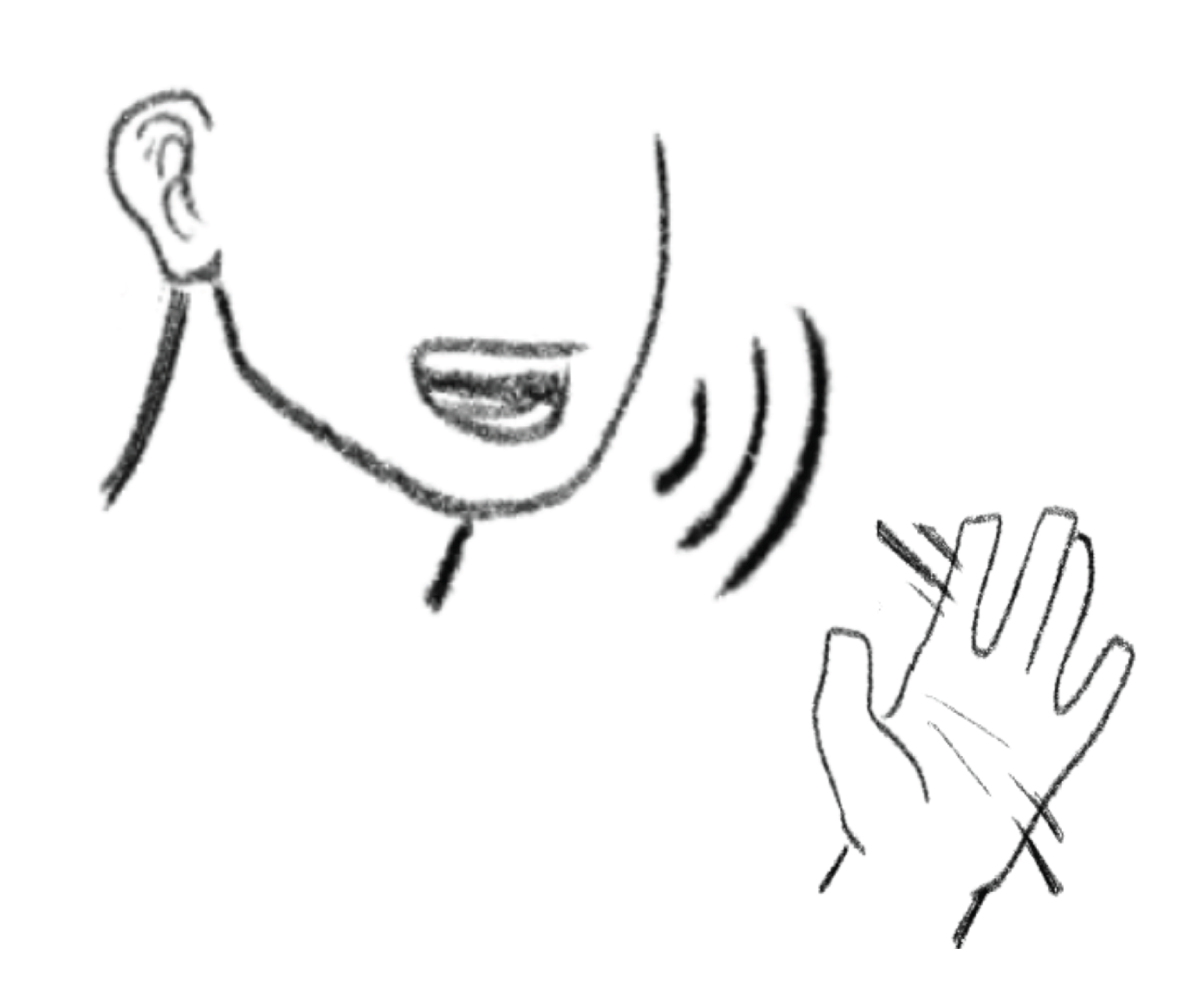
to loud noise
to touch
to being talked to
to food or drink

to loud noise
to touch
to being talked to
to food or drink
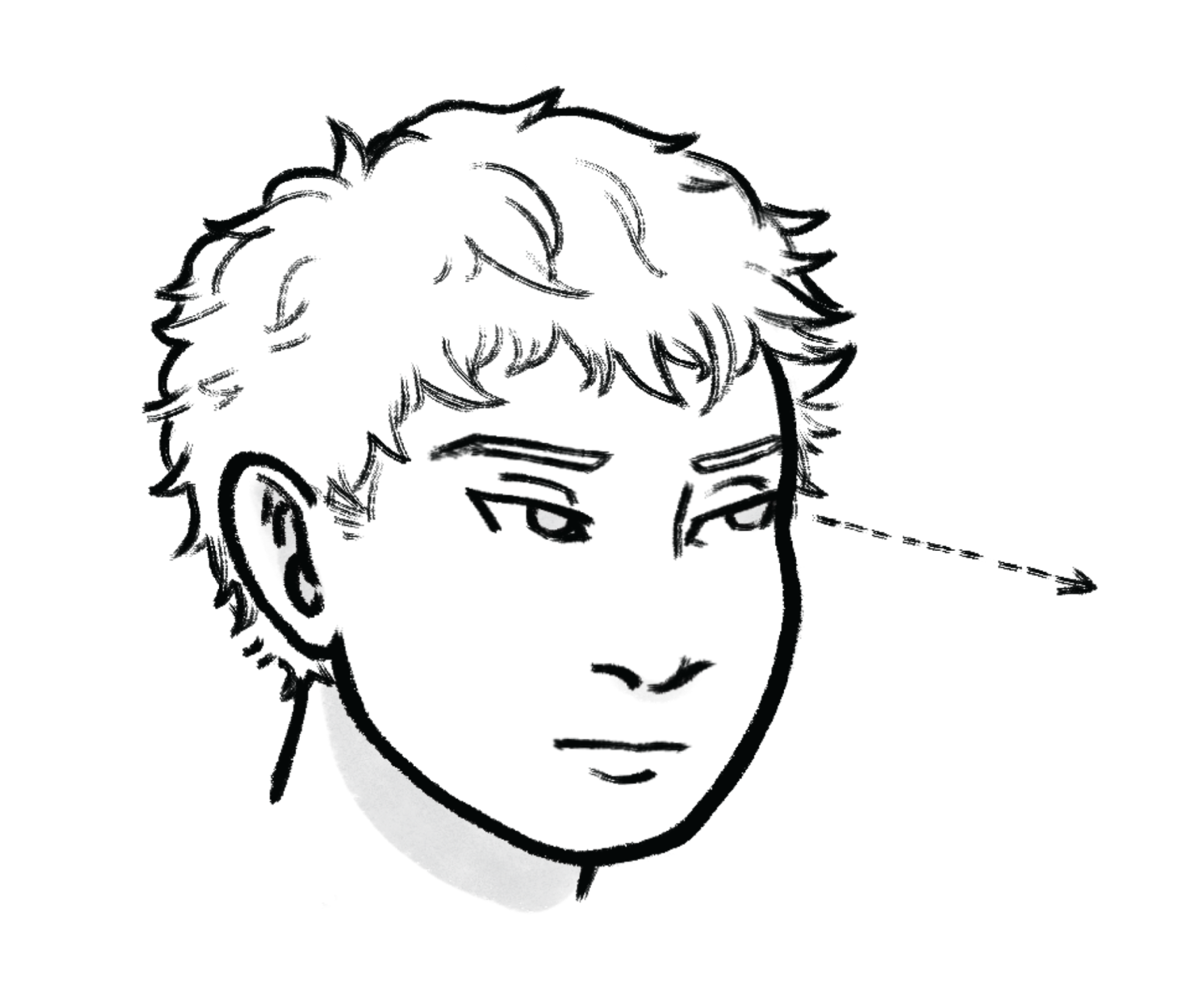
no eye contact
not watching moving objects
staring
looking blank

no eye contact
not watching moving objects
staring
looking blank
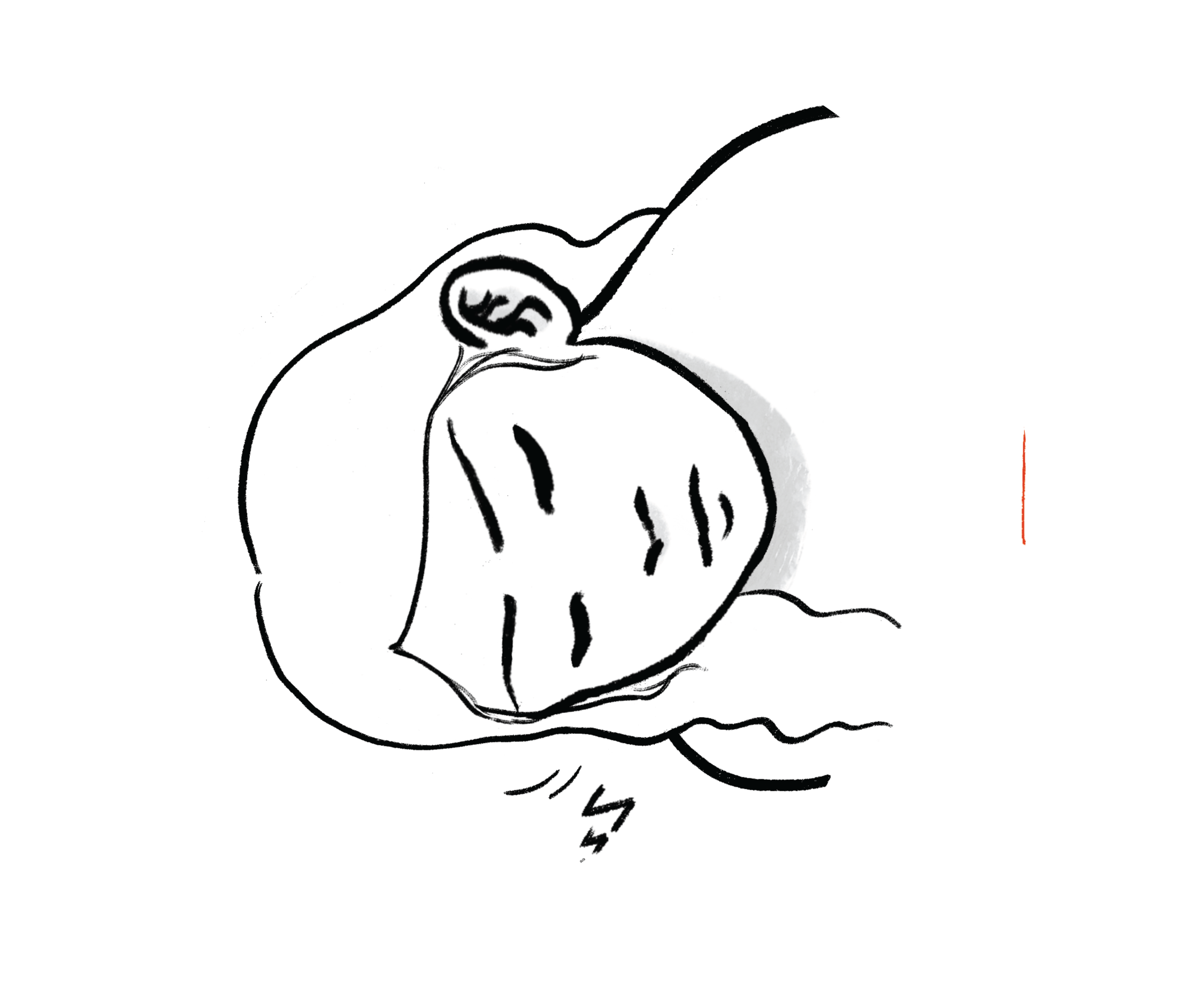
unable to stay awake

unable to stay awake
Unusual movements, clumsy, slurred speech
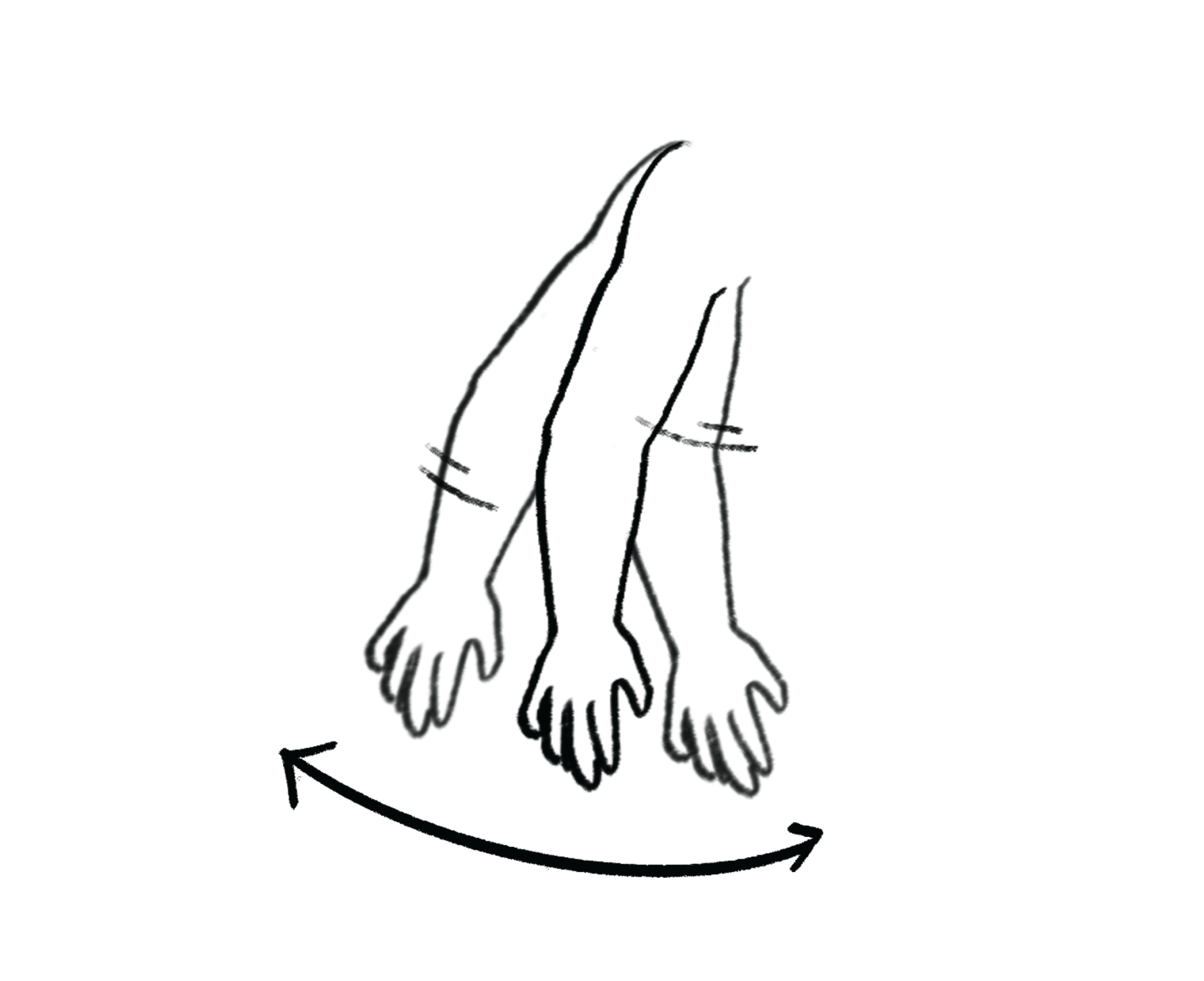
seizure: repeated jerky movements of arms, legs, lips, or eyes
floppy: limp body, arms or legs

seizure: repeated jerky movements of arms, legs, lips, or eyes
floppy: limp body, arms or legs
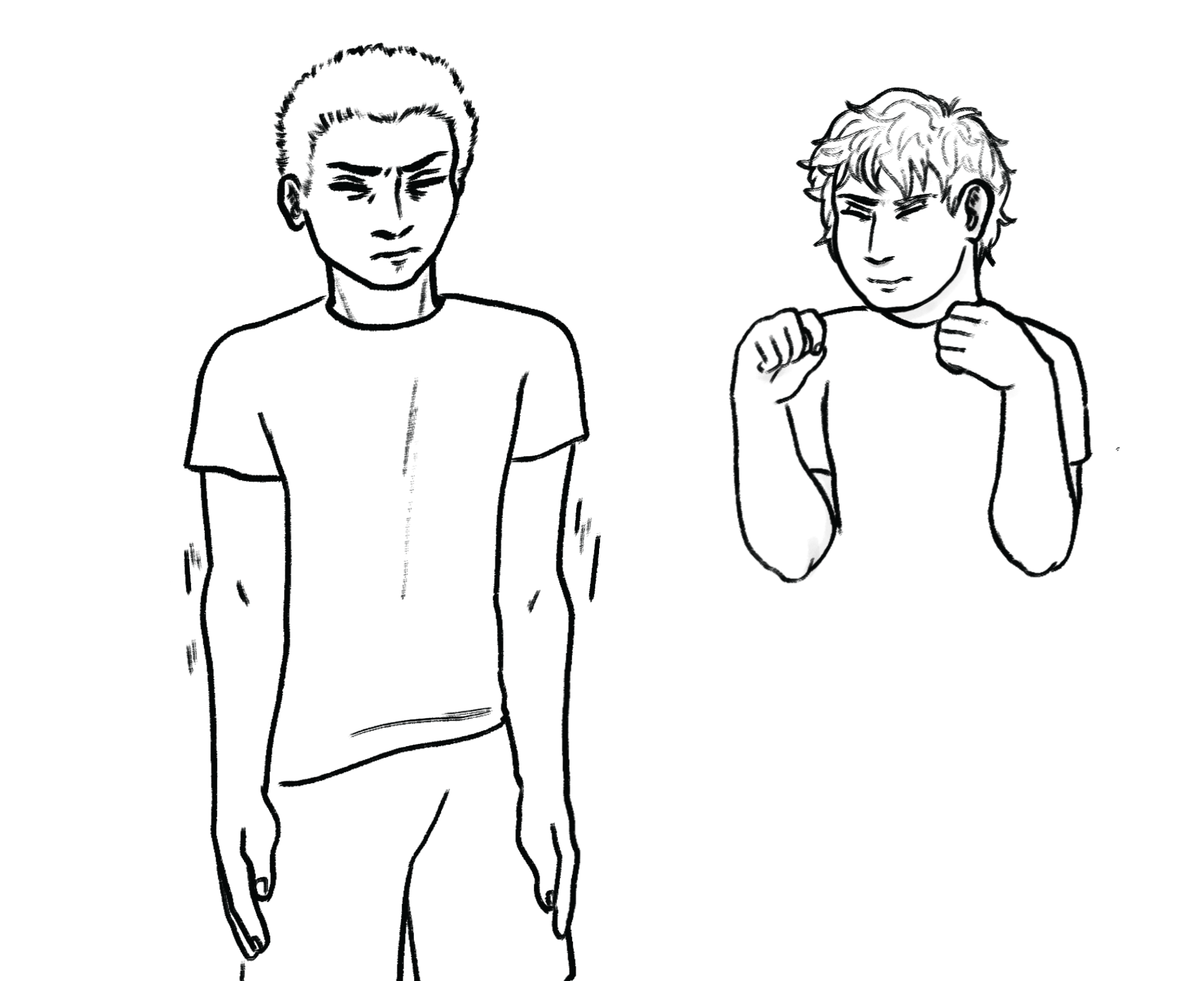
spasm: stiff body, arms or legs

spasm: stiff body, arms or legs
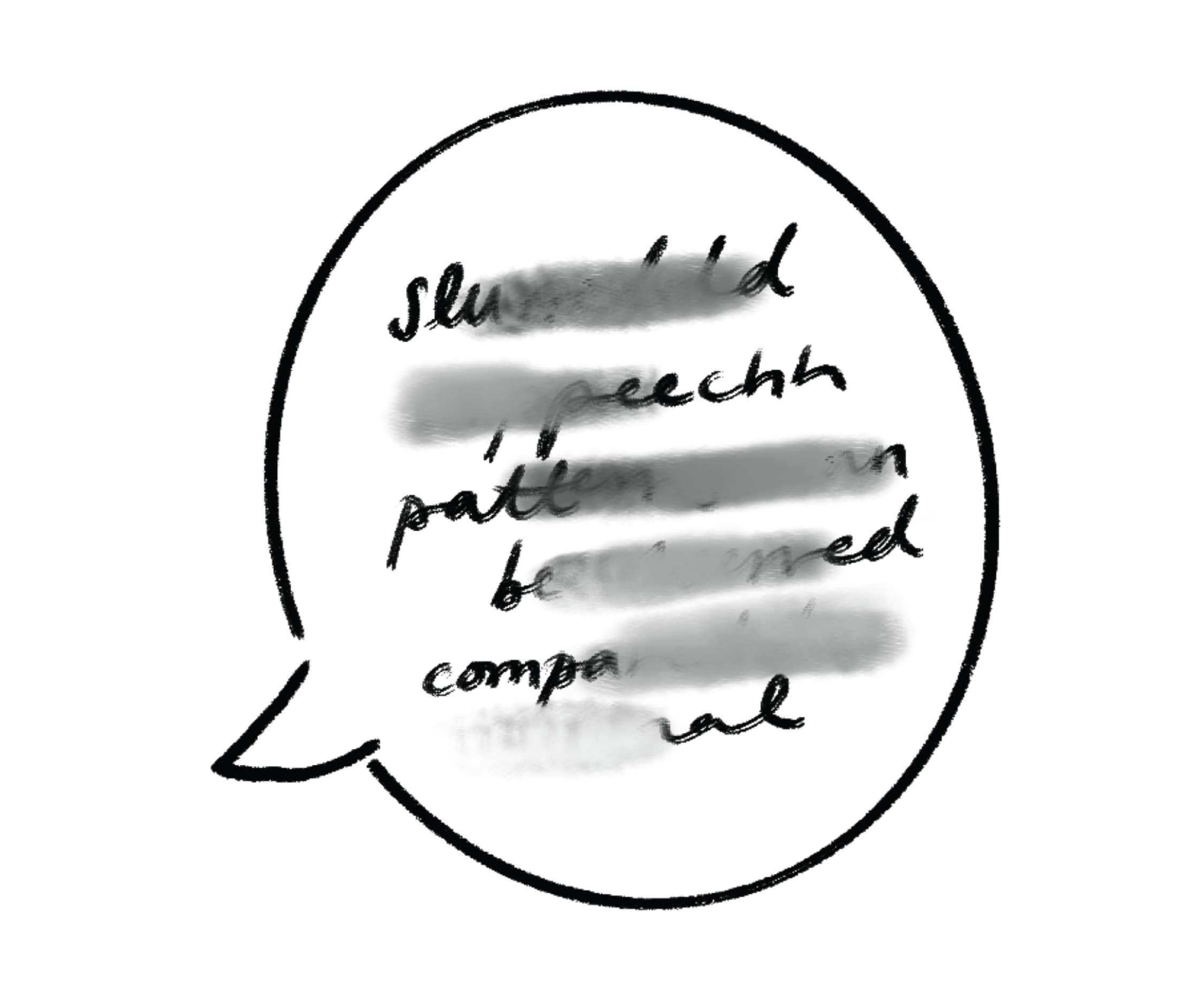
speech: jumbled or unclear

speech: jumbled or unclear
Breathing Change
Difficult breathing
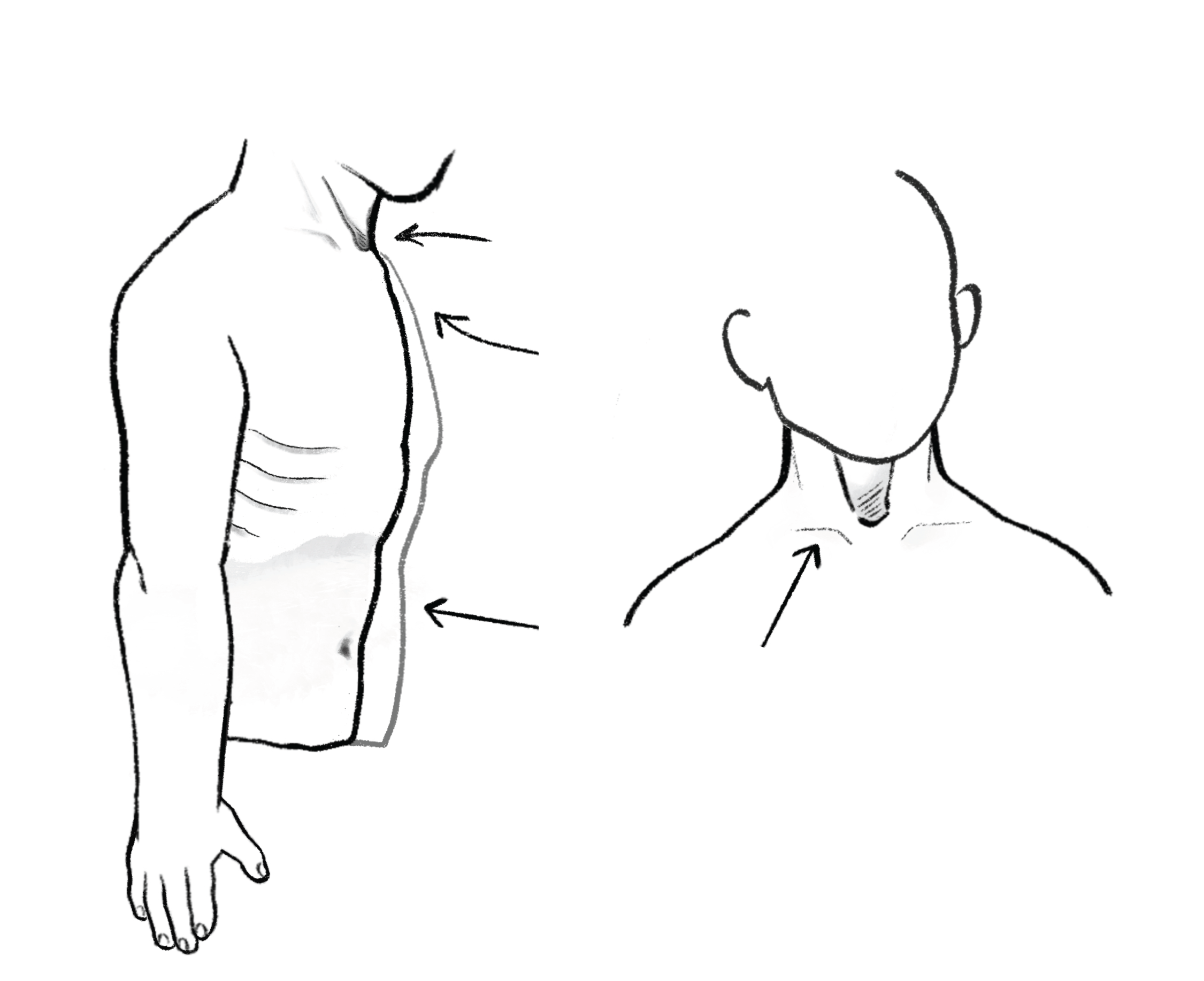
with each breath
ribcage sucks in
neck or belly pulls in
breathing is...
noisy when resting
very fast

with each breath
ribcage sucks in
neck or belly pulls in
breathing is...
noisy when resting
very fast
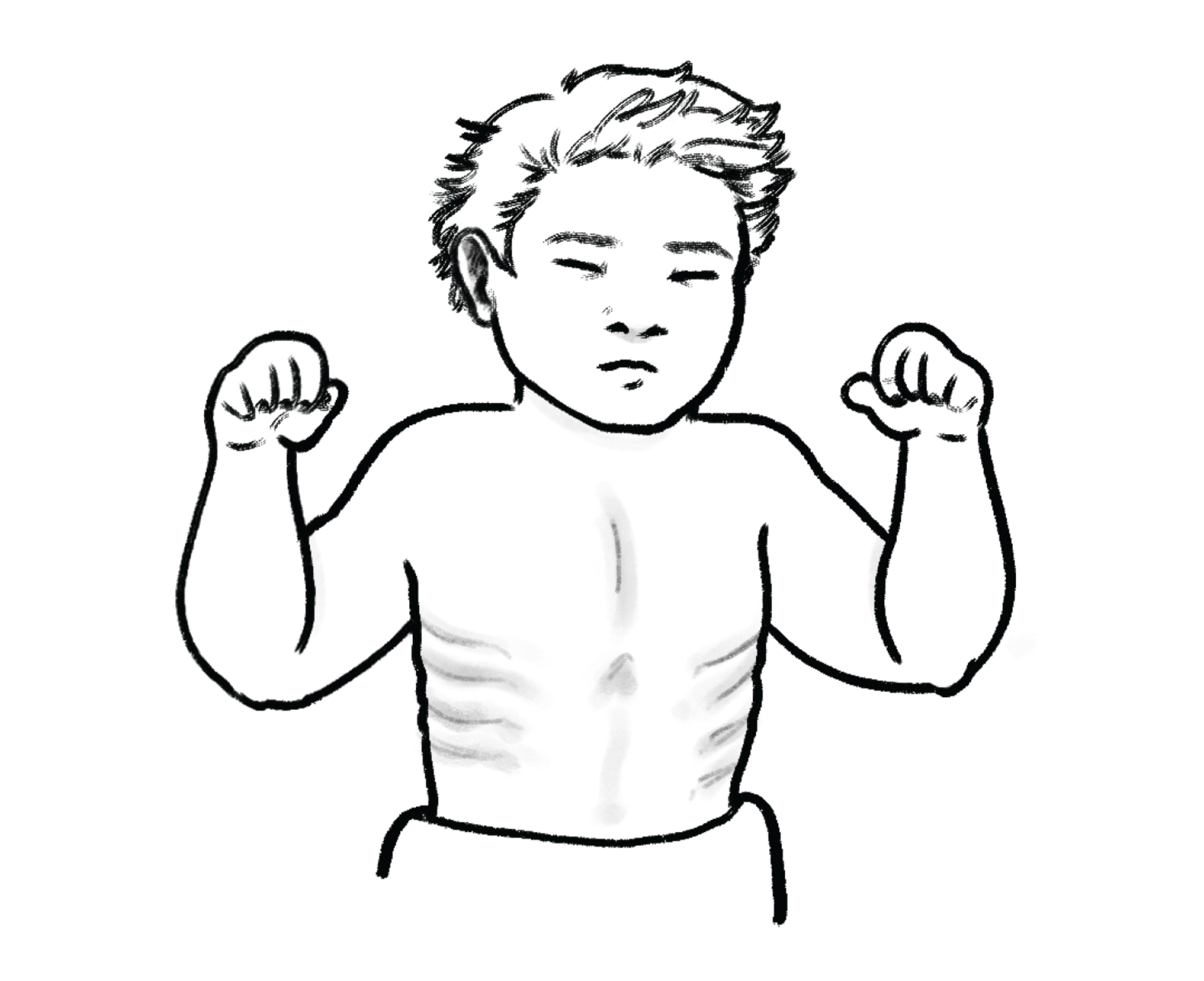
it is difficult to speak
child says it’s hard to breathe
is out of breath
cannot drink

it is difficult to speak
child says it’s hard to breathe
is out of breath
cannot drink
Long pauses between breaths
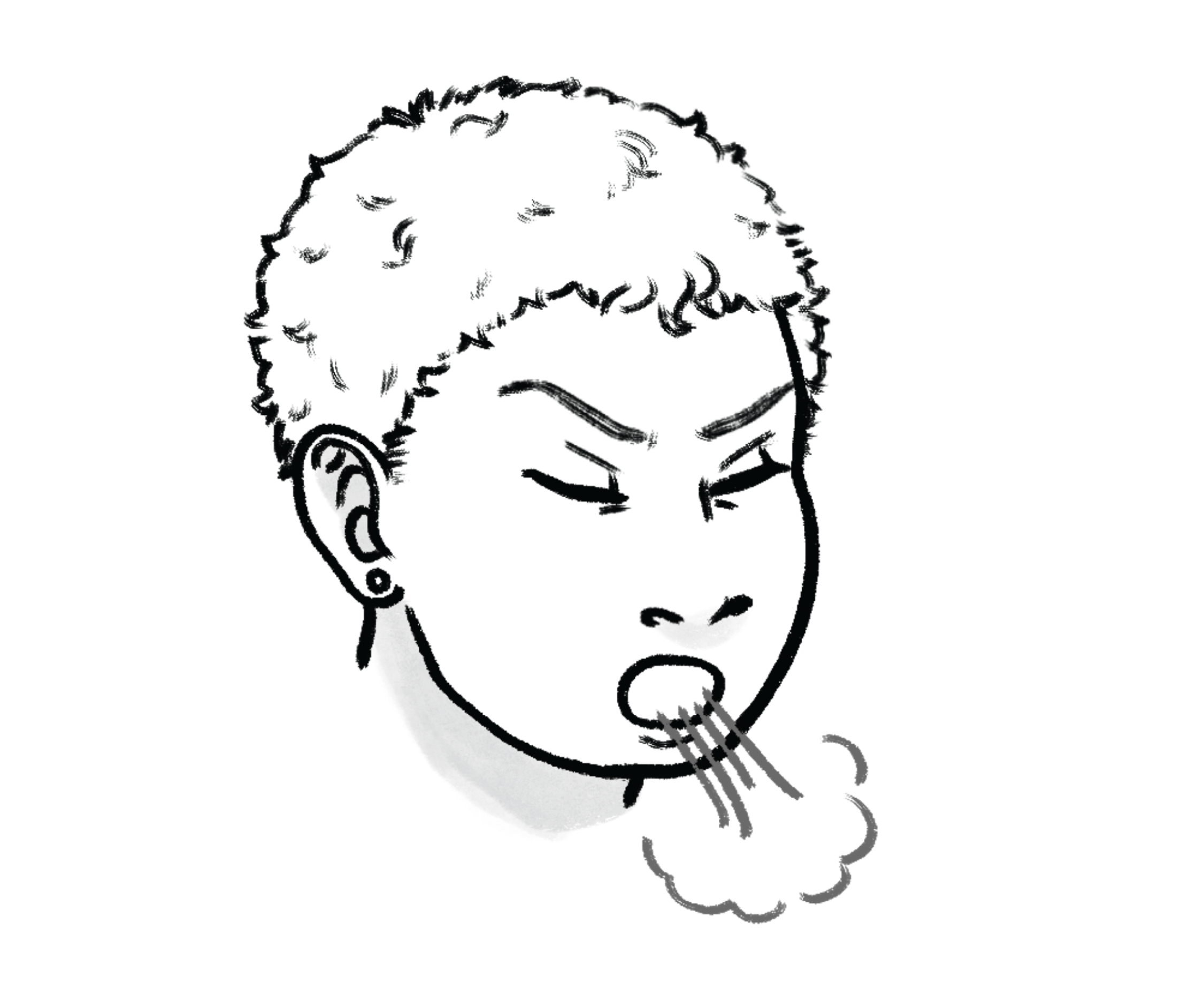
~20 seconds between
breaths
rubbing or shouting
needed so they take a
breath
gasping breath after a
pause

~20 seconds between
breaths
rubbing or shouting
needed so they take a
breath
gasping breath after a
pause
Fluid Loss
8 hours or more
not peeing
no wet diapers
not nursing or drinking
Vomit / throwing up
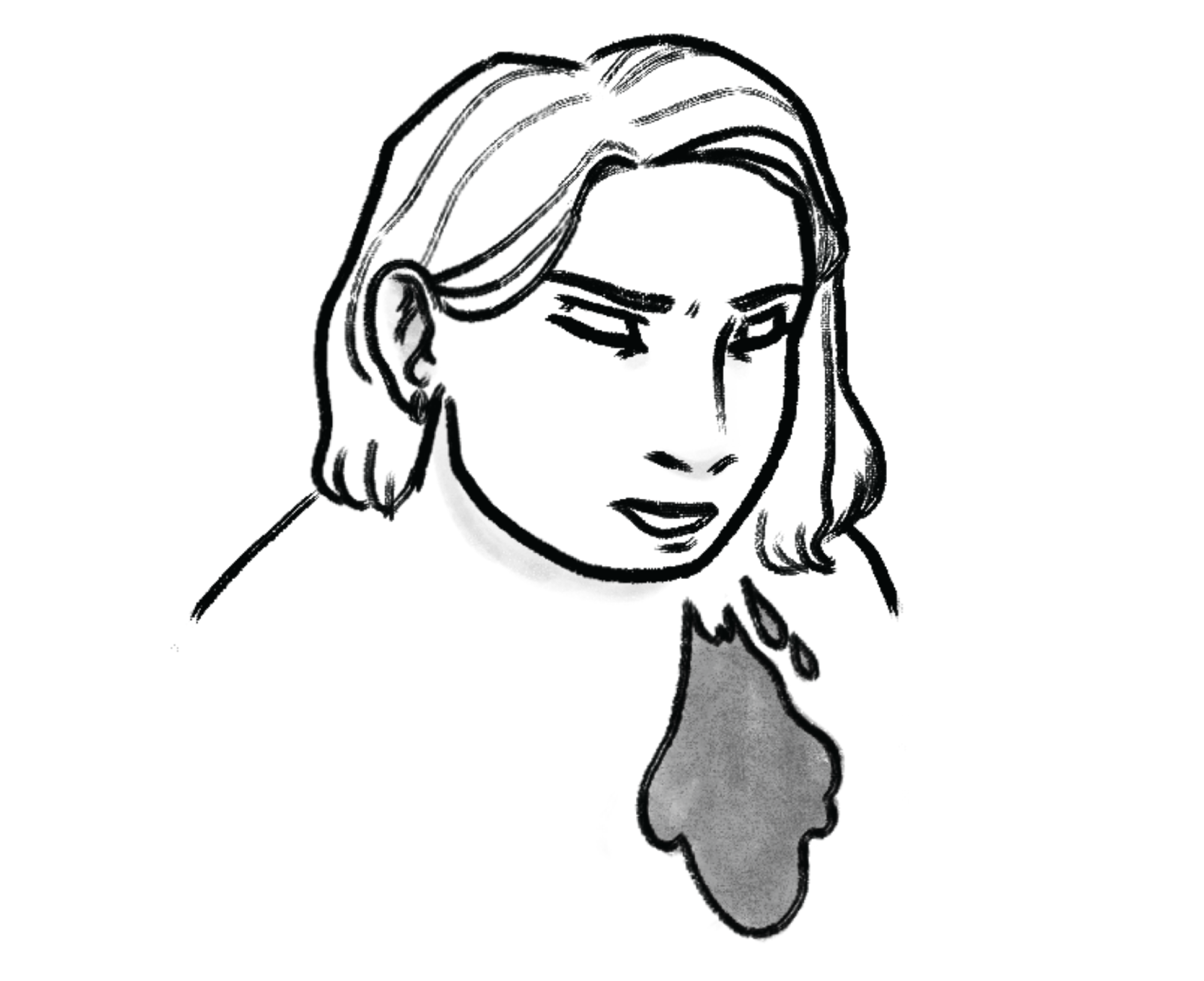
throwing up every hour
for more than 4 hours

throwing up every hour
for more than 4 hours

red or very dark/ black vomit

red or very dark/ black vomit
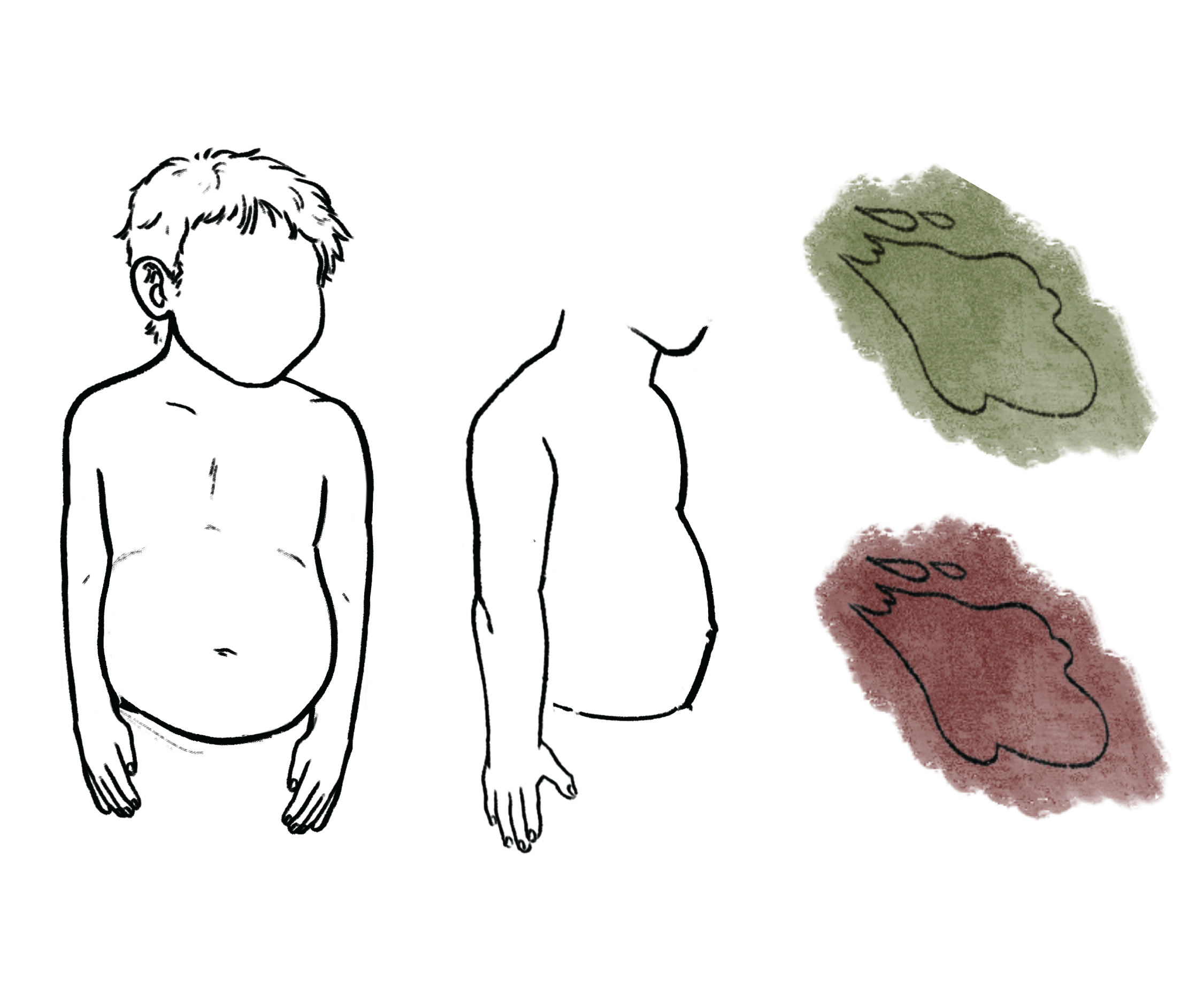
green or brown vomit and
belly that is bigger than
normal

green or brown vomit and
belly that is bigger than
normal
Poop / poo
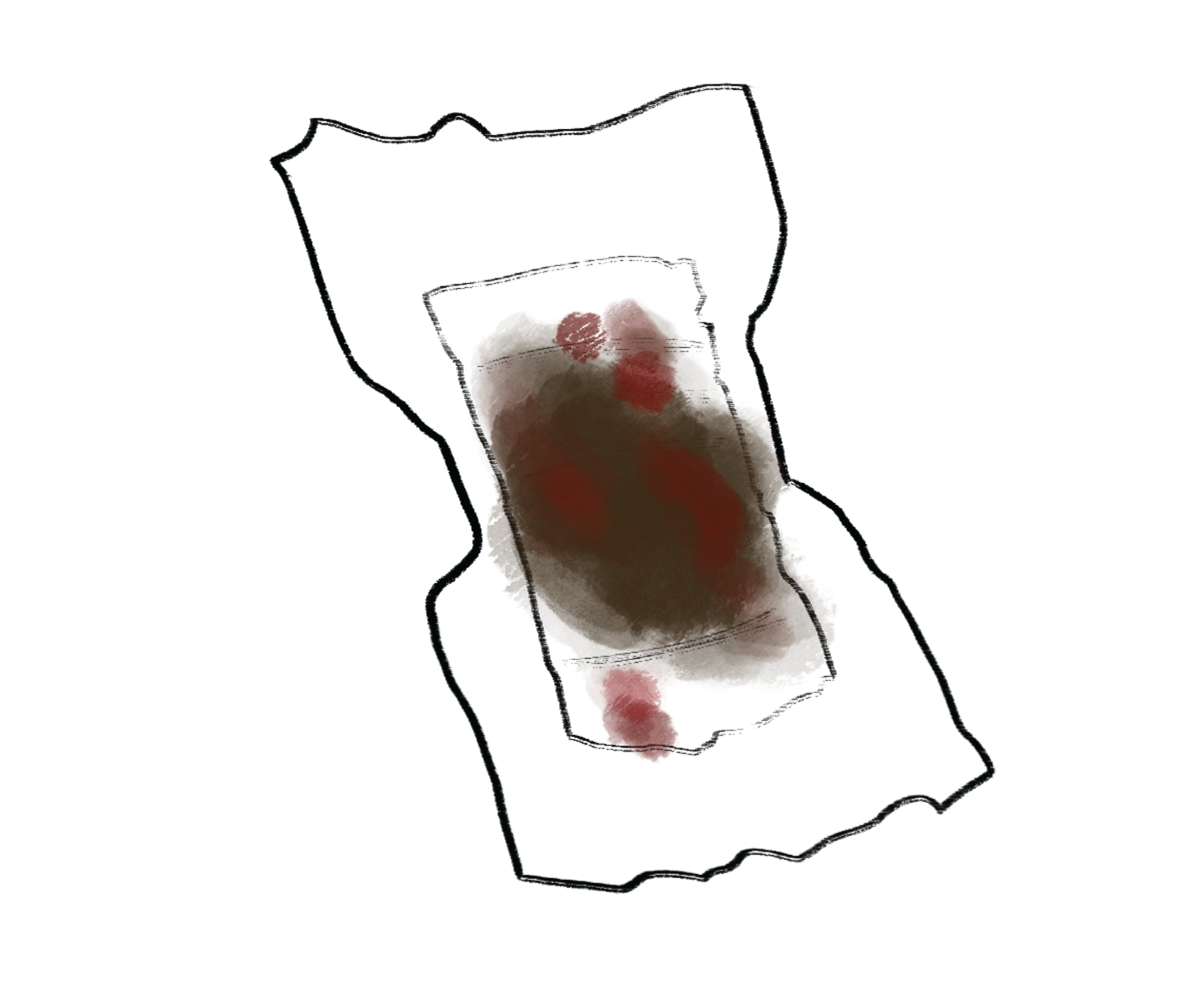
red blood
medium amount (streaks)
that keeps happening
or large amount (blobs or
more)

red blood
medium amount (streaks)
that keeps happening
or large amount (blobs or
more)
Skin Change
New skin tone or colour
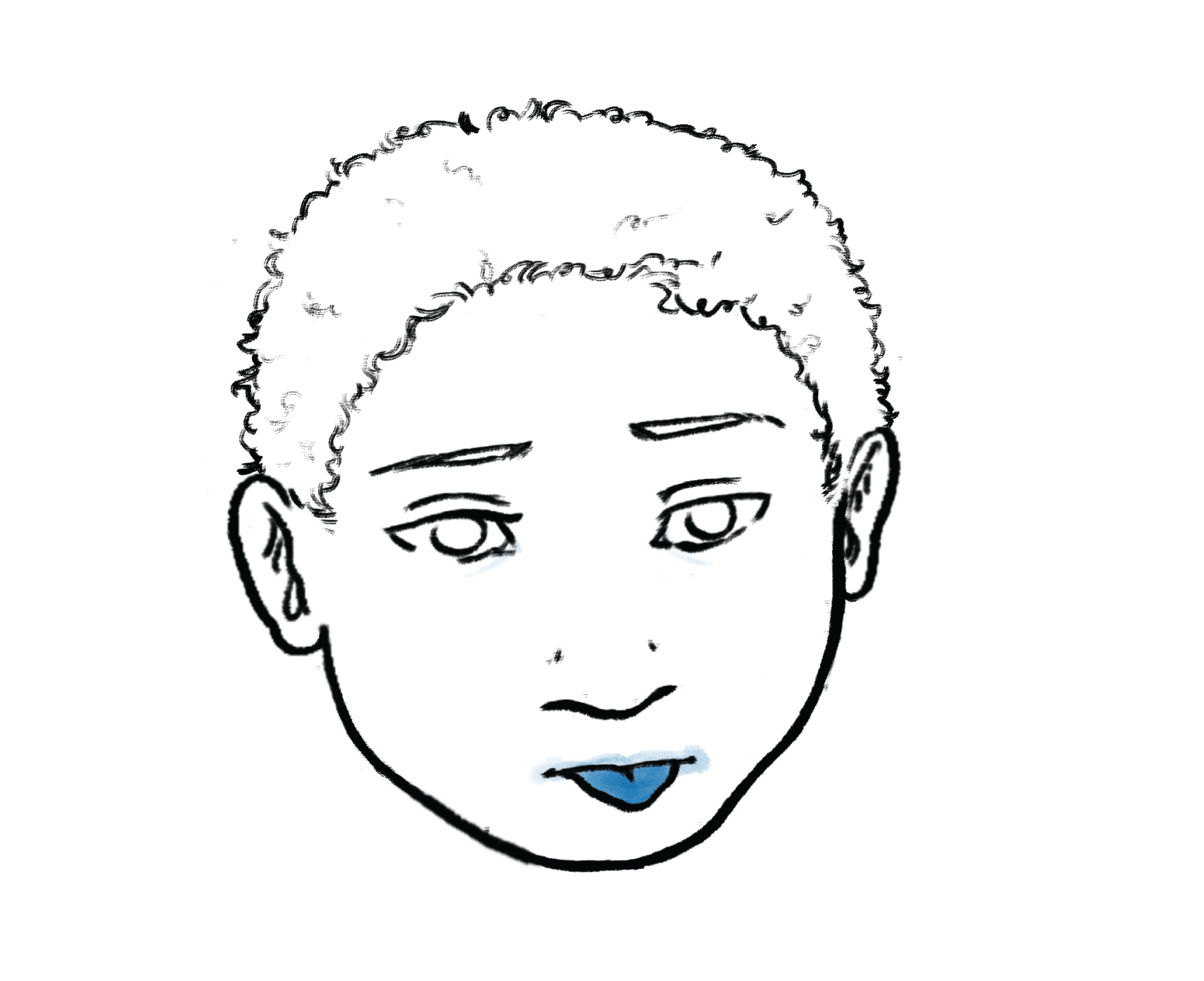
blue lips / tongue
with crying, feeding or at
rest

blue lips / tongue
with crying, feeding or at
rest

purple blotches or
many small purple dots

purple blotches or
many small purple dots
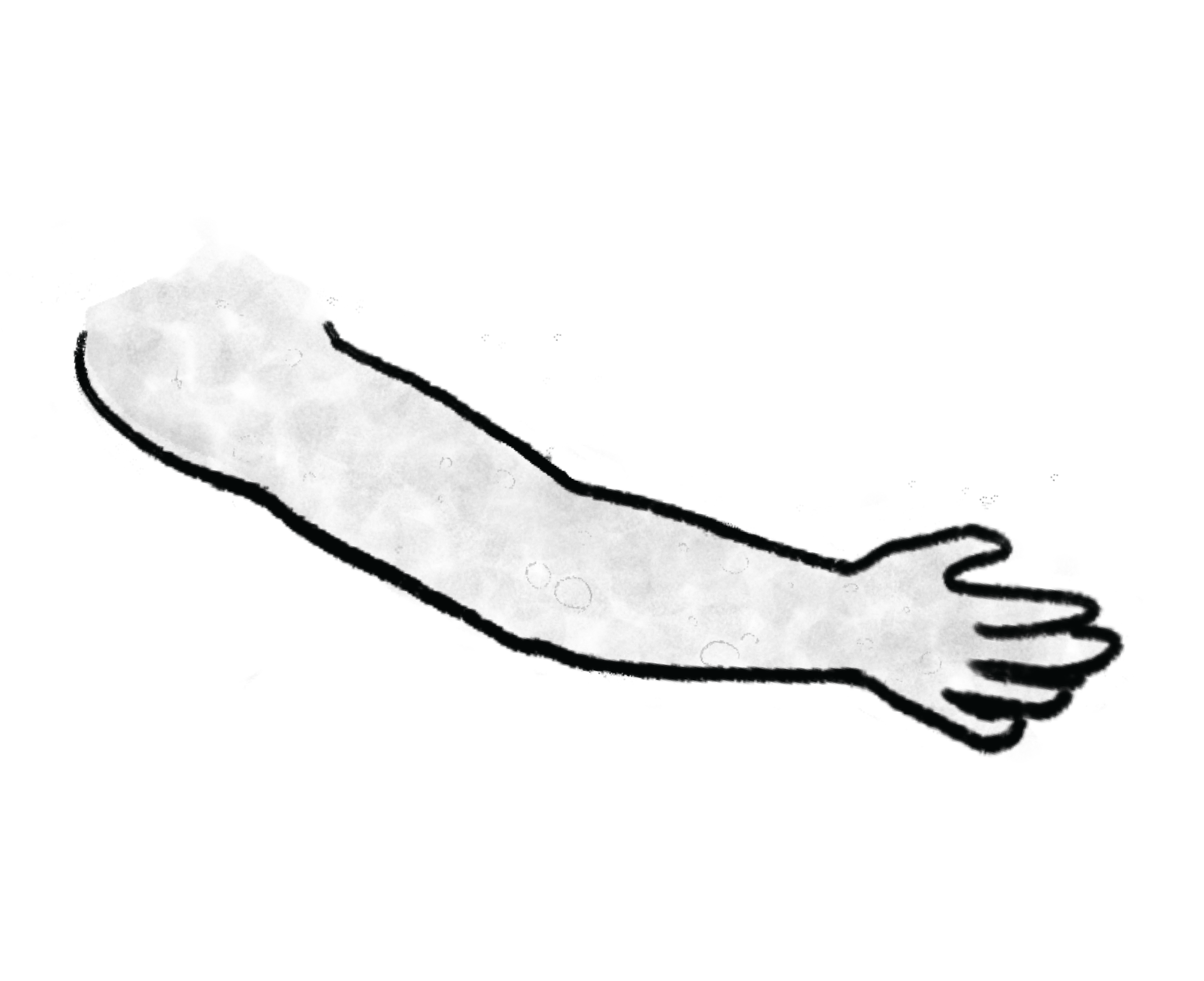
gray / very pale /
cold / blotchy

gray / very pale /
cold / blotchy
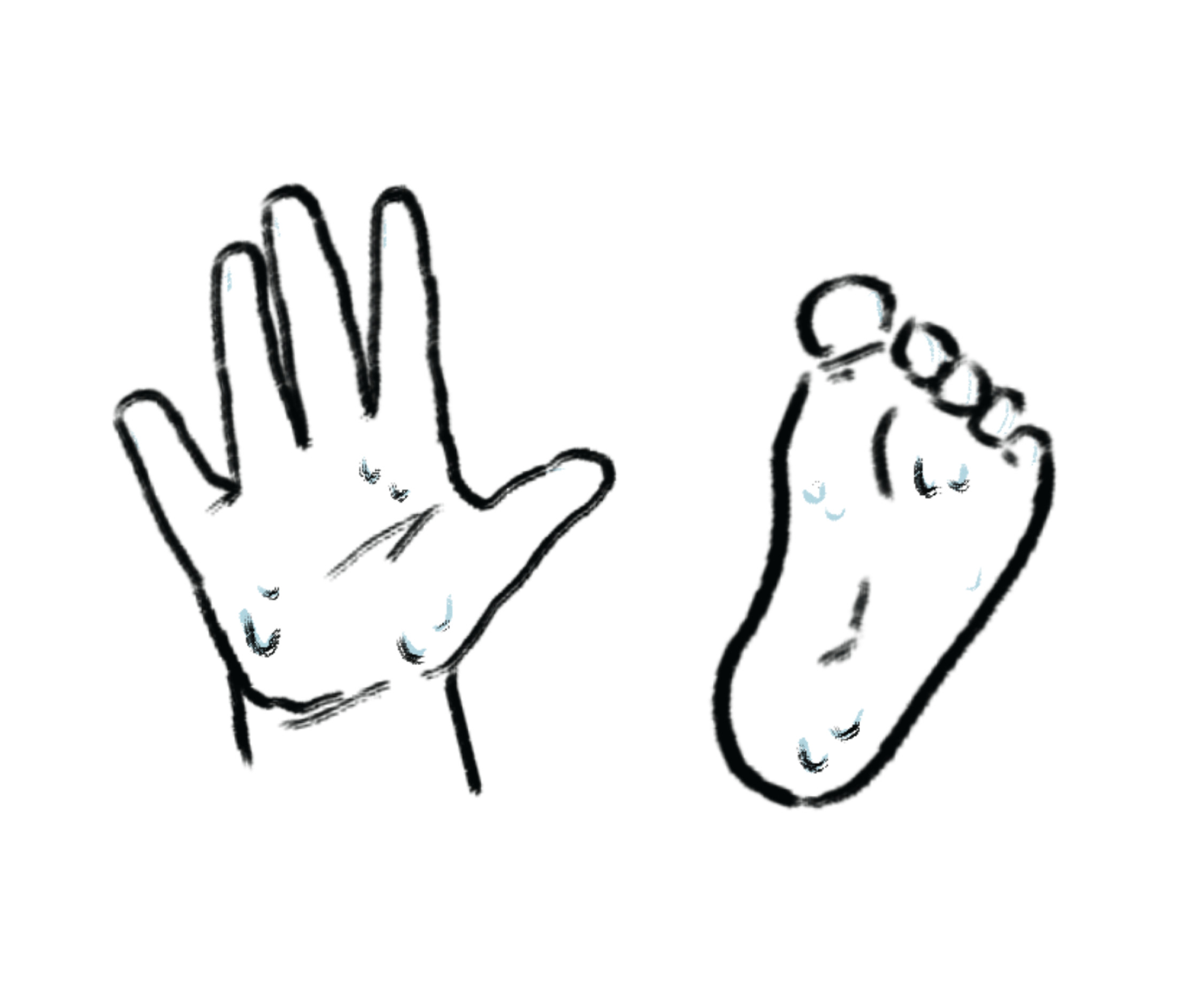
cold / clammy hands or
feet

cold / clammy hands or
feet
Infant less than one month old
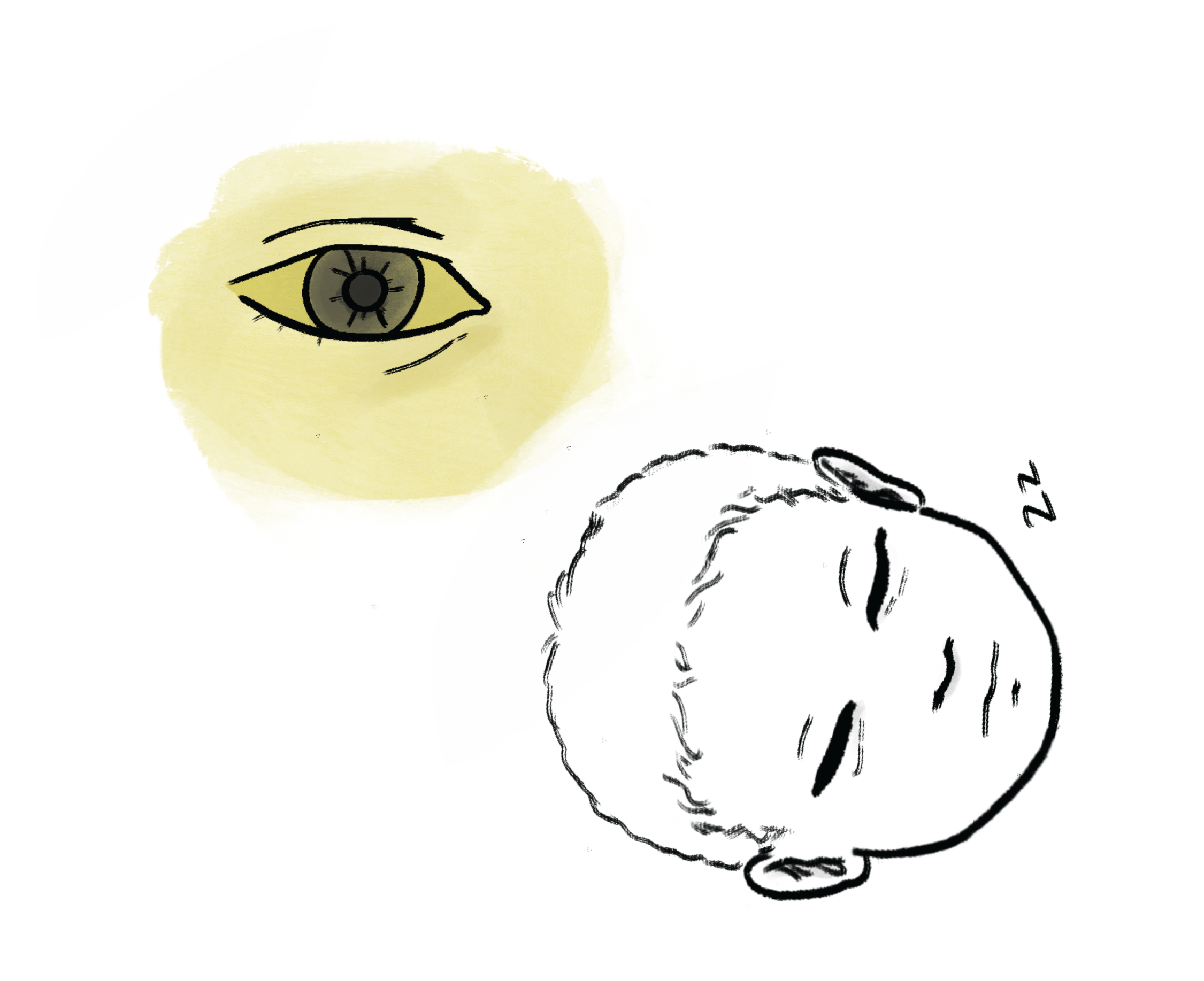
yellow skin and
eyes and sleepy
not feeding

yellow skin and
eyes and sleepy
not feeding
Not getting better with treatment
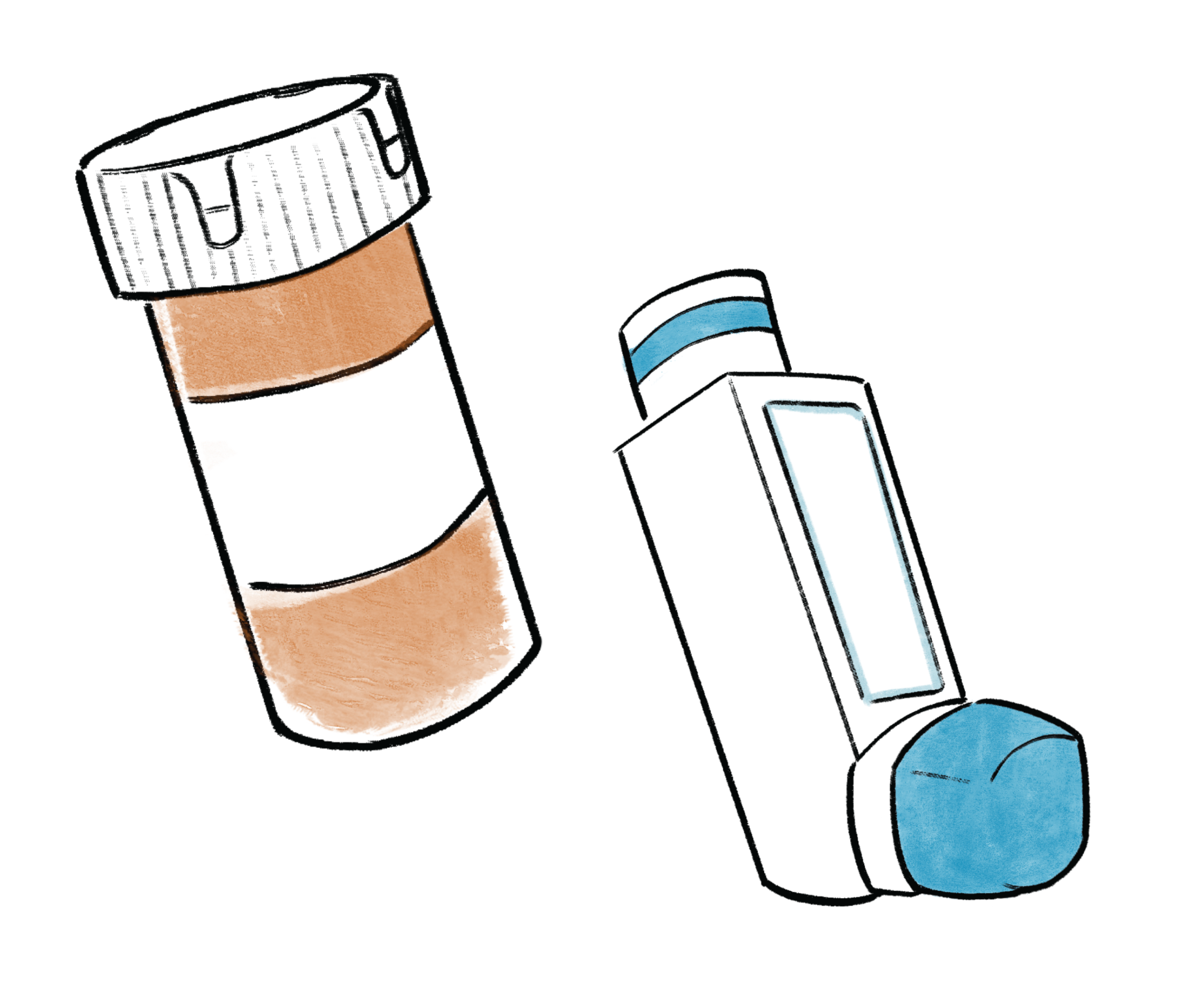
If a known long-term health issue
is not getting better with things that
usually help
& any SIGNS are present:
Act immediately.
Get help.

If a known long-term health issue
is not getting better with things that
usually help
& any SIGNS are present:
Act immediately.
Get help.
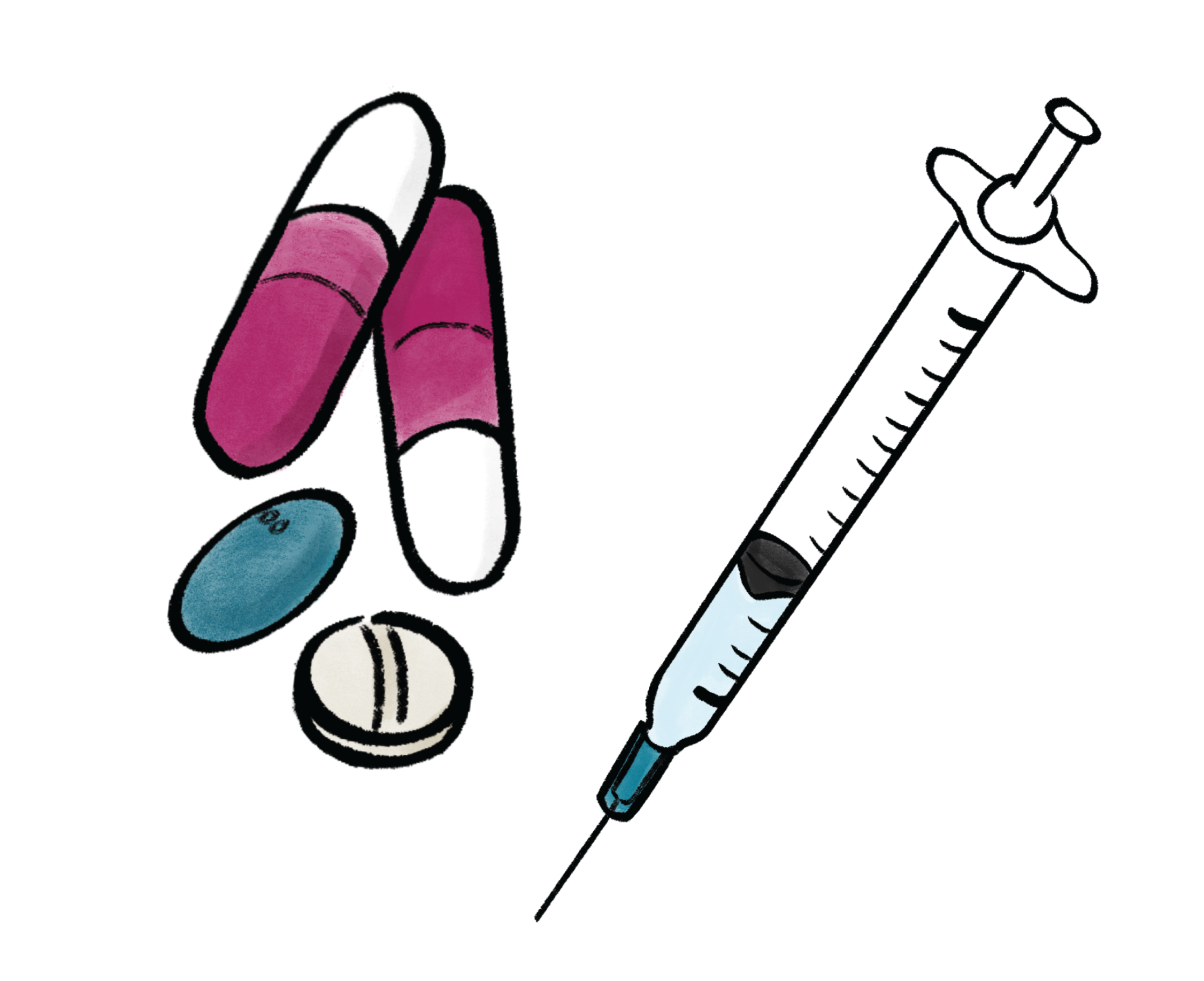
These conditions include asthma,
seizure disorders, diabetes and many
others.

These conditions include asthma,
seizure disorders, diabetes and many
others.
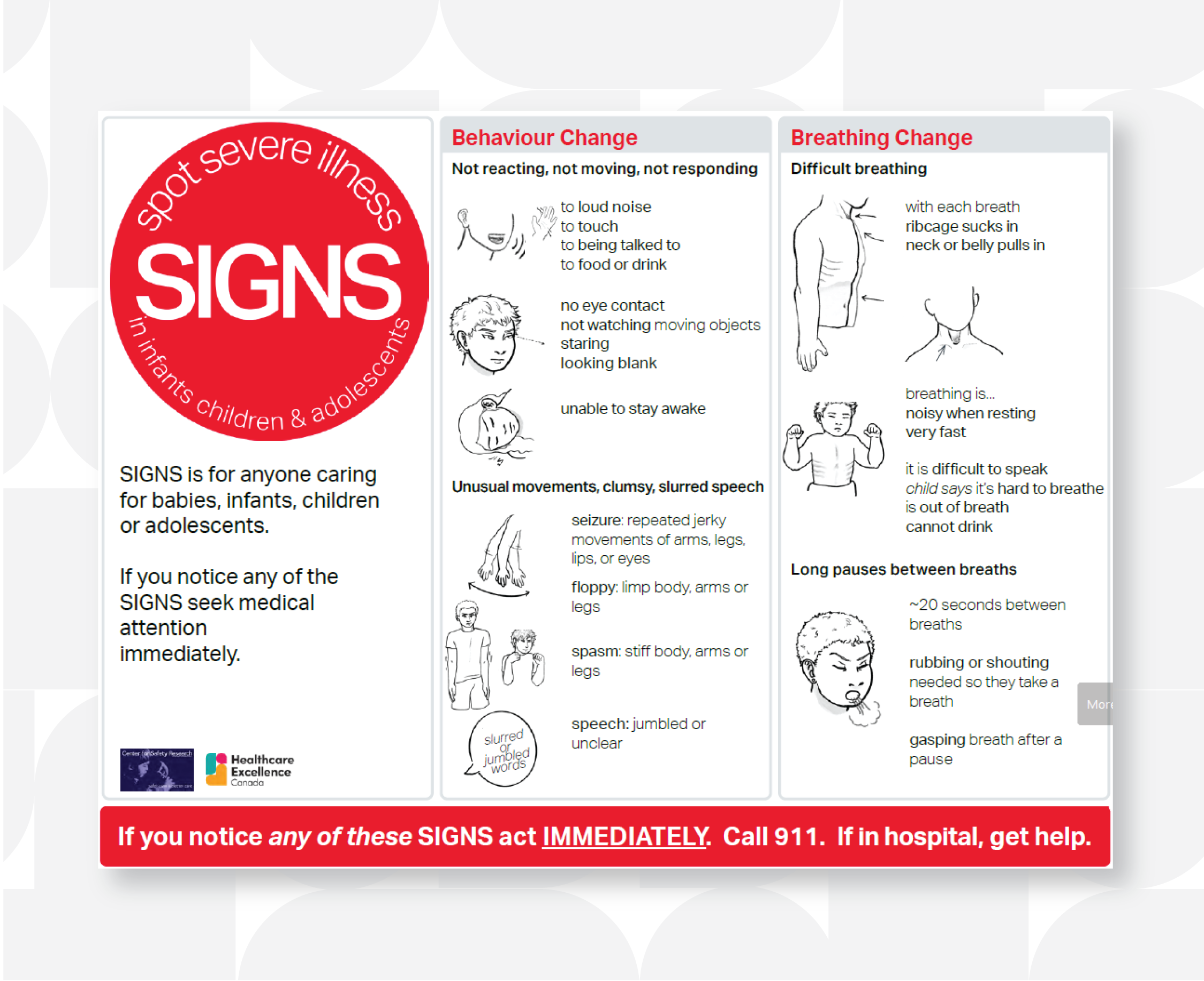
SIGNS – Spot Severe Illness in Infants, Children and Adolescents
Click on the link below to access the SIGNS resource to help spot severe illness in your child sooner.

SIGNS – Spot Severe Illness in Infants, Children and Adolescents
Click on the link below to access the SIGNS resource to help spot severe illness in your child sooner.
Printable Resource: SIGNS – Spot Severe Illness in Infants, Children and Adolescents
Additional Languages
The SIGNS resource is also available in the following languages. Please download a printable version of the resource in your preferred language.
- English
- French
- Arabic
- Punjabi
- Simplified Chinese (Mandarin)
- Spanish
- Traditional Chinese (Cantonese)
Free Printable Posters
Access free printable posters to promote the SIGNS resource.
An expert panel consisting of parents and multi-disciplinary providers created the Severe Illness Getting Noticed Sooner (SIGNS)-for-Kids as a public health tool to help parents and caregivers identify and articulate the manifestations of severe illness in children.
We would like to acknowledge the contributions of the expert panel members of the SIGNS for Kids Consortium:
Christopher Parshuram MB.ChB, D.Phil.
Kristen Middaugh RN, BScN
Dawn Hartfield BSc Med, MPH, MD, FRCPC
Joelle Fawcett-Arsenault PHEc (parent representative)
Melissa Jones BA MA (parent representative)
Gregory Moore MD, MSt (c), FRCPC
Karen Dryden-Palmer MSN, RN
Simran Singh RN, BScN, ENC (c)
Ann Bayliss MD, FRCPC
David Bayfield MD,CCFP(EM)
Sean Murray MD, FRCPC
Jonathan Gilleland MD, FRCPC
Martin McNamara MD, CCFP (EM)
Michelle Gordon MD, FRCPC
Lisa Ladouceur PHC-NP
Anthony lacolucci HonBSc RRT
Jane Stuart-Minaret RN, BScN, MN
Mohamed Eltorki MD
Angelo Mikrogianakis MD. Msc
Tania Principi MD
Seth Gray MD
Pragash Longonathan MD
Hilary Whyte MB.BCh. BAO. MSc. FRCPI. FRCPC
Helena Frndova Dipl-Ing
Zoe Parshuram BSc (Hons).
Use or reproduction of this resource is permitted within Canada for non-commercial purposes only. This resource is provided “as is” and is for informational/educational purposes only. It is not intended to provide specific medical advice or replace the judgment of a healthcare professional. Those preparing and/or contributing to this publication disclaim all liability or warranty of any kind, whether express or implied.
This work was supported by Healthcare Excellence Canada (HEC). HEC is an independent, not-for-profit charity funded primarily by Health Canada; the views expressed herein do not necessarily represent those of Health Canada.
